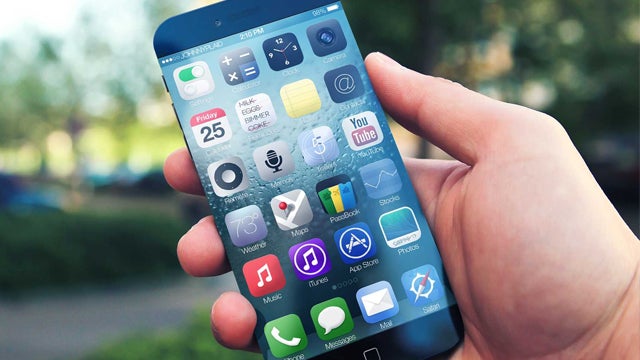iPhone 6 sapphire display dismissed by Corning exec, understandably

A Corning executive has dismissed Sapphire crystal as a viable Gorilla Glass alternative in the iPhone 6.
Tony Tripney, a senior VP at Corning Glass has slammed the possibility of Apple choosing to use Sapphire crystal on the iPhone 6 display.
Understandably, when asked whether Sapphire crystal could match the benefits of Corning Gorilla Glass, Tripney said Gorilla Glass is clearly superior.
“When we look at it, we see a lot of disadvantages of Sapphire versus Gorilla Glass,” explained Tripney. “It’s about 10 times more expensive. It’s about 1.6 times heavier. It’s environmentally unfriendly. It takes about 100 times more energy to generate a Sapphire crystal than it does glass.”
“It transmits less light which means either dimmer devices or shorter battery life.”
Tripney continued his negative comparison of Sapphire with details like Gorilla Glass’ ability to withstand 2.5 times the pressure of Sapphire.
Even if all the above details are correct and not just free marketing for Corning’s Gorilla Glass, we expect Apple is already aware of all the Sapphire crystal issues.
Apple has already used Sapphire crystal to cover the iPhone 5S Touch ID fingerprint scanner embedded in the home button, as well as to protect the rear camera in the iPhone 5, iPhone 5C and 5S.
Even if Apple doesn’t use Sapphire crystal to protect the iPhone 6 display, the Cupertino company is strongly expected to utilise quantum dots technology in the display itself.
The technology has already been used in the Amazon Kindle Fire range and sees excellent colour reproduction, albeit with some backlight bleed issues.
Apple’s wealth of quantum dot patents suggest the company has been experimenting with the display tech for quite some time and has overcome the issues.
Next read, Quantum dots explained: What are quantum dots and why are they so awesome?
Via: CNET

